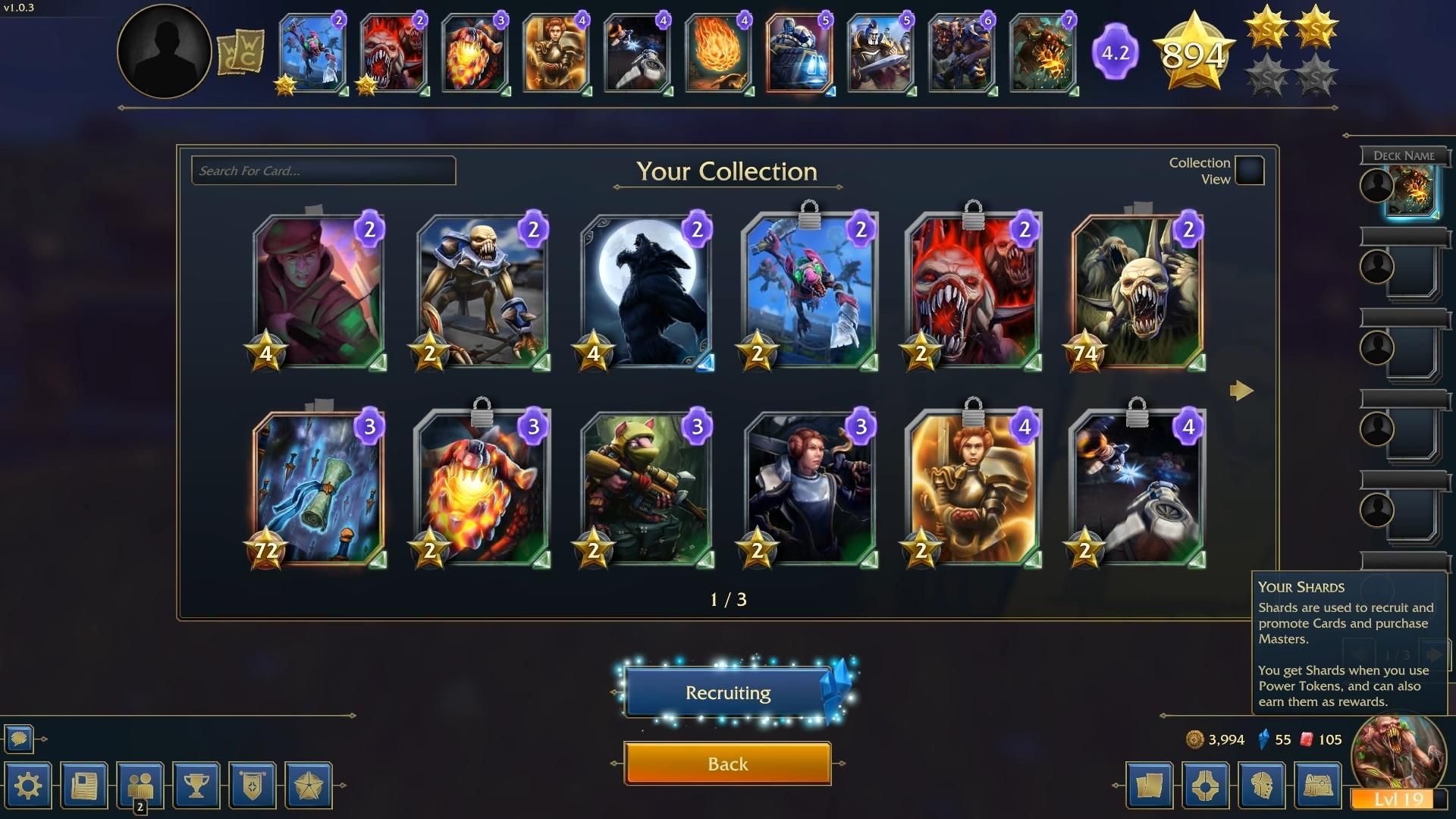
Jack (of all trades): These are Minions with decent stats and a ranged attack. Like Glass Cannons, they need to have something else, typically a Tank or Fighter, soaking up damage for them.

Ranged: Ranged minions can attack from long range, and typically have moderate damage and low health for their cost.

Most of them have poor health for their cost, relying on the fact that their ideal prey cannot fight back. They are fantastic at clearing away enemy Minions and threatening the enemy Tower, but they are easily killed if actually targeted.Īir: These Minions cannot normally be targeted by ground melee minions and can cross the pit between the two bridges. Glass Cannon: These are melee Minions with high damage and little health. Depending on your need at the moment, they can be played as a tank or damage dealer, and tend to be among the best solo Minions. Although most Tanks can do some damage and even win some engagements solo, this is not their main job and they should be supported by other high-damage Minions whenever possible.įighter: These are ground melee Minions with good health and good damage, falling somewhere between Tank and Glass Cannon, and usually performing both roles moderately well. Tank: These are ground melee Minions with high health and low damage for their cost. Rather than talk about specific stat numbers, I prefer to think of cards as having different roles that they play on the field. These can be very powerful in Constructed, but should generally be avoided in Draft unless you have already drafted good partner cards.
#MINION MASTERS NEW CARDS FULL#
Target: A (cheap) minion that is used to attract or absorb an attack from a slow attacker (Cleaver, Colossus, Nyrvir) or stealth minion (Assassin, Shadow Whelp), thus making it vulnerable to attacks from others.īuild-around: A card that requires multiple partner cards in order to reach its full potential. A single Colossus may bring up the average cost without necessarily slowing your cycle rate. However, remember that you are not obligated to play every card as you draw it. As a quick rule of thumb, I consider a draft deck with average mana cost below 4.0 to be “fast cycling”. This lets you reach the powerful Master cards more often, such as Ratbo’s “More Dakka” card. “Adding more heat to the fire.” This can be very risky practice, because you will be in that much more mana disadvantage during the enemy’s counterattack.Ĭycle: Playing through all the cards in your deck, or your ability to do so quickly. (Adding) Heat: Playing cards while a Push is already attacking the enemy Tower, which will likely add damage the Tower without damaging any enemy minions. with the Bridge Buddies spell or Propeller Scrats. Ninja Capture: Capturing a bridge without actually forming a dangerous Push, e.g. Each group is weaker, but it captures both bridges and hedges against AOE attacks.Ĭounter Push: Playing minions such that they will not battle incoming enemy minions, but rather have a clear path to the enemy Tower.īase Race: When both sides heavily commit to Counter Pushing each other with little mana allocated to defense in the hope of destroying the enemy Tower first. Split Push: Sending minions down both lanes simultaneously. Push: Any minion or minions that threaten to attack the opposing Tower, whether one minion or a cohesive force. If the opponent is struggling to counter your cards, then you should try to keep control of the bridges more aggressively. While in deep mana disadvantage, it is important to take a more defensive posture until you have regained the advantage. So if I use a Chain Lightning (4 mana) to kill an enemy Crystal Arcanist (3 mana) before it captures one of my bridges, then I’ve broken even on the play. When calculating the mana advantage of any given play, I tend to think of taking control of a bridge or preventing the enemy from capturing a bridge as being worth 1 mana.
#MINION MASTERS NEW CARDS FREE#
Of course, there are exceptions as you are free to play whatever cards you want, but gaining and keeping mana advantage is a primary factor of victory.

The main concern of virtually every match is to gain mana advantage as this lets you hold bridges or inflict Tower damage. Mana Advantage: (Your minions on field + your mana) – (Enemy minions on field + enemy mana). I have some gameplay terminology that I will be referring to, but may not necessarily be the standard terms because I don’t read other guides or forum posts.īridge Control: Playing cards with main intent to capture and hold bridges.Īggression: Playing cards with main intent to damage the enemy Tower. I’m going to assume you already know how the game works and is played.


 0 kommentar(er)
0 kommentar(er)
